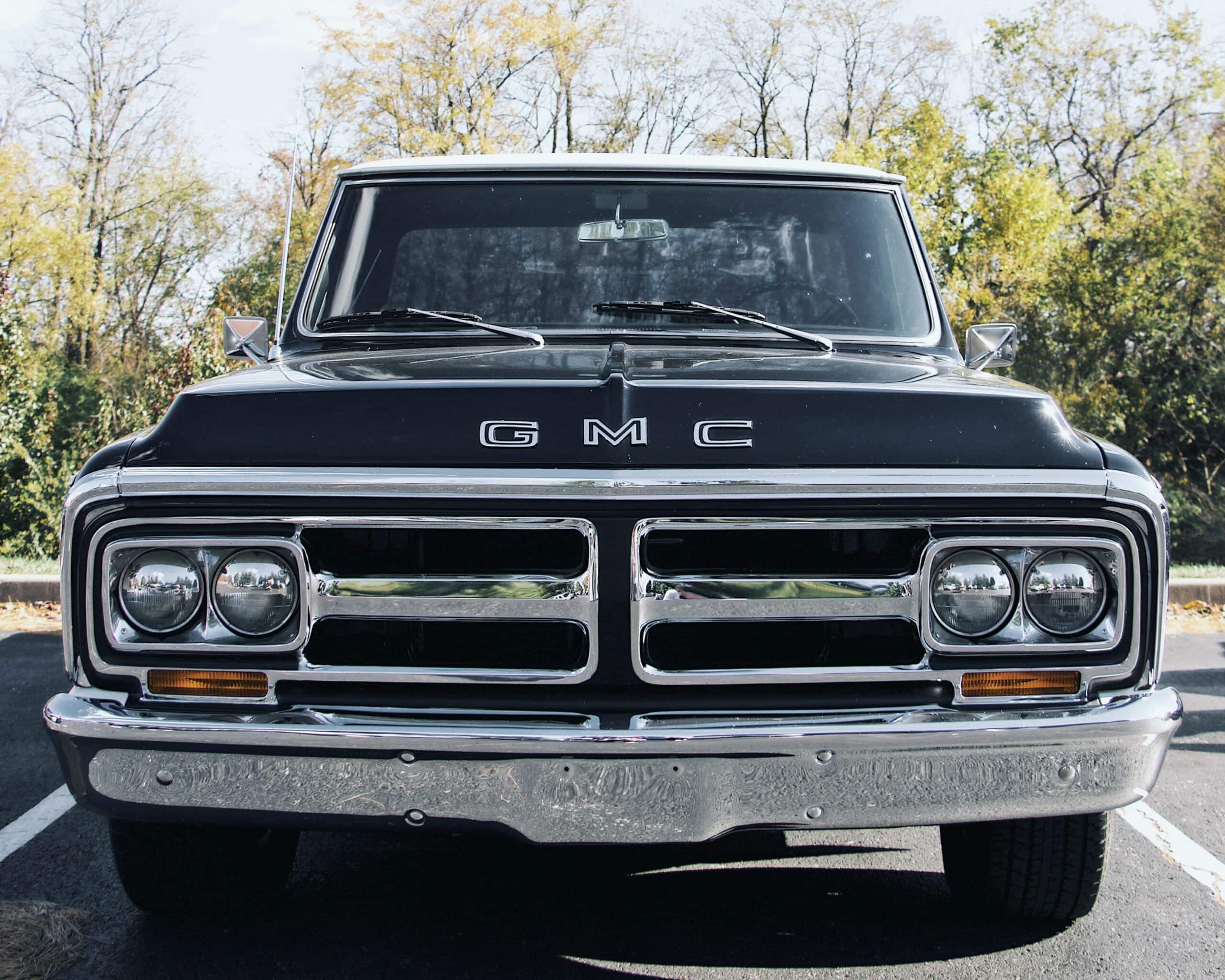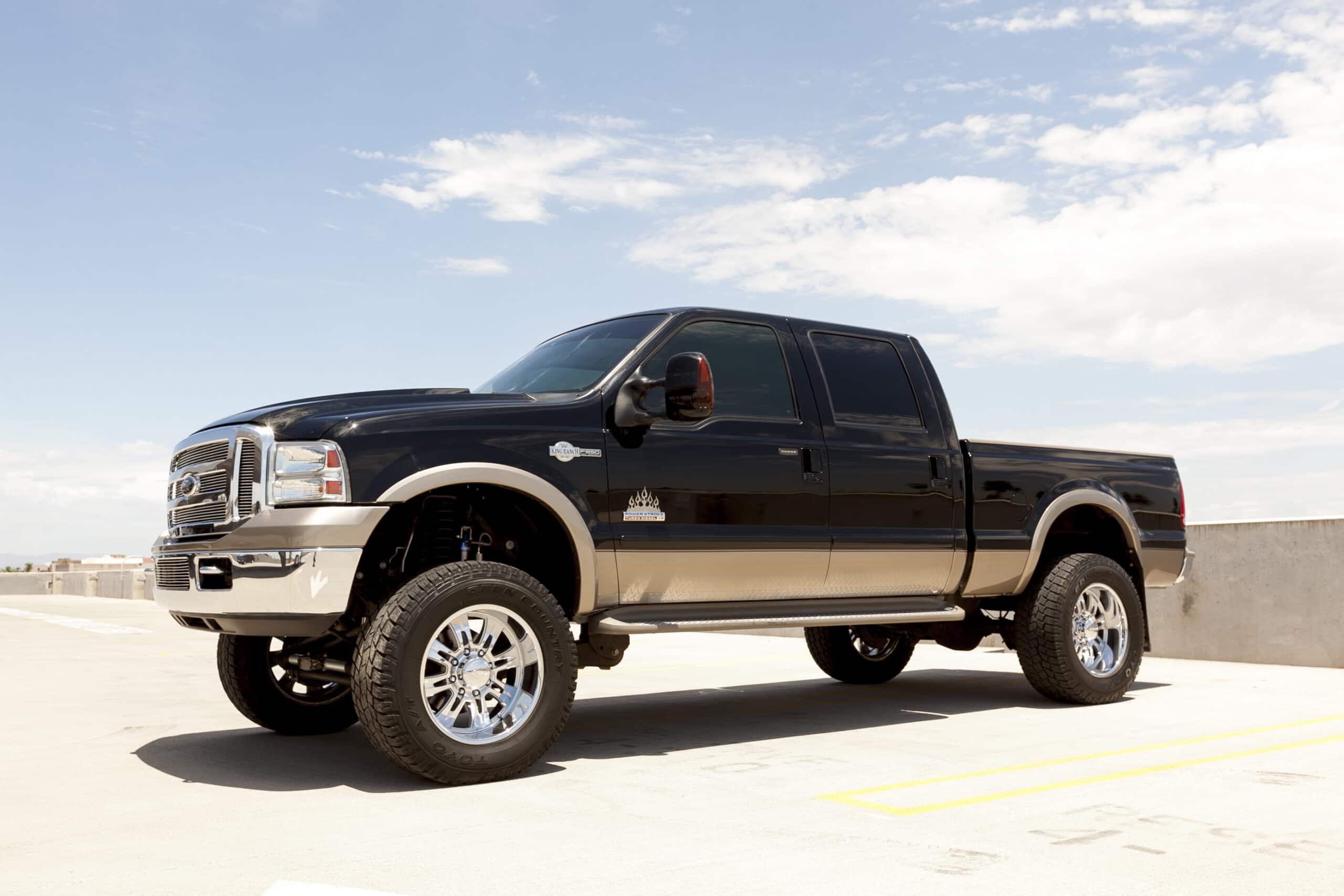
The E4OD transmission developed by Ford is a heavy-duty unit generally found in the Bronco, E-series vans, Expedition, and F-series trucks. This is a computer-controlled transmission designed for rear-wheel drive automobiles. Ford launched the E4OD in vehicles manufactured from 1989 to 1997, the well-known model years.
Identifying the E4OD Transmission
The popular F-series trucks and E-series vans with the E4OD transmission manufactured from 1989 to 1993 come with a shifter pattern of P-R-N-OD-2-1 and an overdrive cancel switch. But in 1994, Ford launched the 4R70W transmission that also employs a similar shifter pattern. Unfortunately, this similarity in the shifter pattern made examining the shifter to determine the vehicle’s particular transmission highly ineffective.
Ford engines in all 4.2-liter, 4.6-liter, and a handful of 5-liter make use of the newer 4R70W. But diesel-powered vehicles, as well as those equipped with 4.9-liter, 5.4-liter, 5.8-liter, 6.8-liter, and 7.5-liter engines, come with the E4OD. Another way of determining or identifying a truck’s transmission is by measuring the fluid pan. The ideal measurement of the E4OD is 20 inches in overall length, while on the contrary, the 4R70W is 15 inches in length.
Gear Ratios
These are the gear ratios for the E4OD transmission are as follows:
- 1st — 2.71:1
- 2nd — 1.54:1
- 3rd — 1.00:1
- 4th — 0.71:1
Computer-Controlled E4OD Transmission
The E4OD transmission was Ford’s top-selling electronically-controlled automatic in light trucks. Receives commands from the EEC-IV engine control computer on board. This computer rapidly processes all engine, transmission, and vehicle inputs to determine the best and unique shift points for consistent shift feel and performance. Ford claims several factors determine the shift points of the transmission. These factors include:
- Engine speed and altitude.
- The transmission temperature.
Ford was able to salvage 25 percent much better fuel economy in the 1991 F-150 2WD pickup with the E4OD than the 1990 F-150 with the older C-6 transmission.
Recommended Upgrades
Ford’s 7.3-liter power stroke engine was known for its incredible power potential and durability. Nevertheless, the E4OD came on the scene fully equipped on Ford power stroke-equipped available vehicles of the mid-90s. The E4OD worked remarkably well in light-duty applications. However, its design was not tough enough to handle the exceptional needs of most Powerstroke-equipped trucks. Some aftermarket companies offer upgrade components to complete heavy-duty replacement transmission to improve the factory-made transmission significantly.
Aftermarket Modifications
You can replace several components of the E4OD transmission with upgraded aftermarket parts. These include:
- Torque converter
- Transmission control module
- Pressure regulator
- Front pump
- Rear case bushings
- Sun gear
- Clutch piston
- Reverse boost valve
- Sprags
- Center support
Adding auxiliary oil coolers can enhance the E4OD to have more excellent reliability.
Essential E4OD Transmission Upgrades and Maintenance
You can enhance the life of your still-functional E4OD by installing a transmission cooler alongside fresh fluid and a filter change. Heat is the arch-enemy of a vehicle transmission, which can easily be compounded by the strain associated with plowing or towing. However, you can perform these simple upgrades without uninstalling the transmission. If you use your vehicle frequently for towing, check out the severe duty maintenance schedule highlighted in your owner’s manual to extend the life of your transmission.
You may also add an external filter so that the latter can work in tandem with the transmission’s internal filter. Upgrading your transmission may require the uninstallation of the gear system. But a pre-1988 E4OD will benefit the most from upgrading by installing the 7-tooth rear lube style rear output shaft. Of course, the truck would have to run a numerically-high rear axle ratio for this upgrade to work efficiently. Installing the output shaft prevents planetary gear failures that come about as a result of poor lubrication. In addition, if input shaft replacements using an aftermarket unit are performed, it will significantly boost shift quality and strength.
E4OD Transmission Reprogramming
The E4OD is an electronically-controlled gear system requiring reprogramming to minimize gear hunting and boost operation. You can bring down gear hunting by adjusting the torque converter lock-up point and line pressure. Aftermarket companies all over the country offer several user-adjustable standalone programming modules designed exclusively for the E4OD transmission. Aftermarket E4ODs also come with unique design elements, such as well-designed transmissions that don’t usually have the general weaknesses plaguing those which are factory-designed. Ensure you only work with a highly reputable aftermarket company when the time comes to rebuild your transmission.
- Heavy-duty valves.
- High-quality gears.
- Superior ball-bearing construction.
- Magnificent clutch packs.
The price of most aftermarket E4OD units is very close to the amount a rebuild would require. Therefore, do your research to find out how much it will cost you for heavy-duty replacing units before committing to a costly rebuild. You can also enhance cooling capacity by opting for aluminum transmission pans.
E4OD Transmission Overhaul
The primary goal of building an E4OD transmission is to accomplish these:
- Maximum durability.
- A minimum build-up of internal heat.
- Enhance the crispness of overall delivery off and on the road.
E4OD Transmission Rebuild Tips
Keep these tips in mind for your E4OD rebuild:
- Low reverse clutch. Make use of performance frictions as well as steels to obtain tighter tolerances. Ensure the clearance is between 0,020 to 0.040 inches when installing the low reverse frictions. This is to shorten the delay when going into reverse.
- Rear planetary. If the three-pinion OE aluminum shows zero signs of wear, keep it. This particular planetary rarely causes any issues. However, you may replace this planetary – if in doubt – with a six-pinion steel version used extensively in the power strokes.
- Bushings and bearings. Replace all brass bushings showing wear and tear. You should also replace all the bearings.
- Overdrive planetary. Convert/change the overdrive planetary into steel as the aluminum versions are known to split the neck.
The Bottom Line
Only a professional should handle upgrading your E4OD transmission for heavy-duty towing on and off the road. This is vitally crucial if this is your first rebuild.


